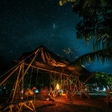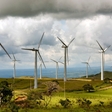
Choose volcanoes, rafting or hot springs, share your fruit with tití monkeys on the beach, or surf some of the best waves in the world. Just don't expect the best-known eco-tourism location to be a quiet luxury spa resort.
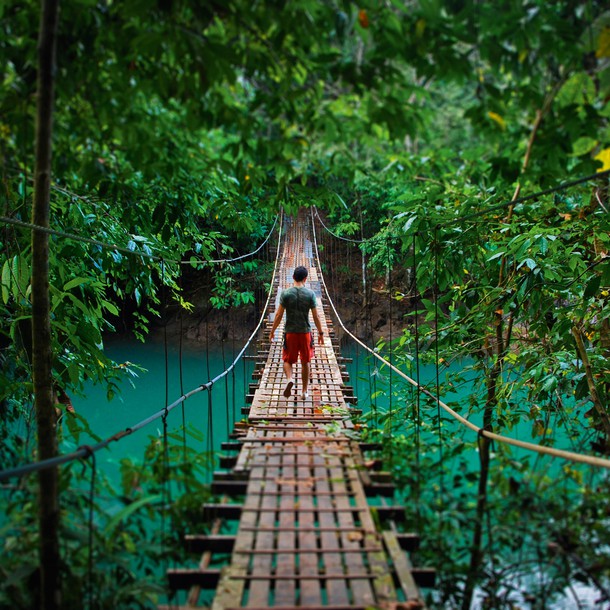
Costa Rica is unique in all ways. This Central American nation, one of the only countries in the world without an army, is famous for its dazzling array of plant, animal and insect bio-diversity. Despite its tiny size, the country has a wide variety of microclimates and landscapes located just a few kilometers from one another. Adventurous travellers can breakfast overlooking the Caribbean Sea, eat lunch 3000 feet above sea level on a volcanic rim, and have dinner watching the sunset over the Pacific coast, though in practice, its best to give yourself time to take in all the sights at a more leisurely pace.
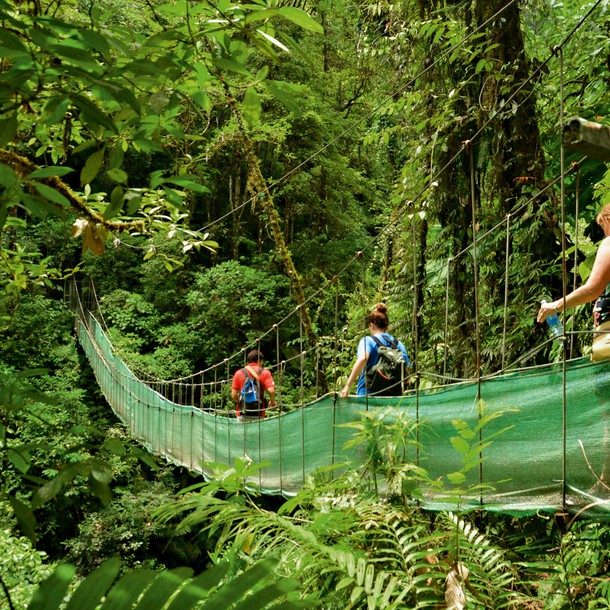
In 1970, Costa Rica decided to protect almost 25% of its territory by turning it into National Parks, taking the American system as its reference point. The objective was to preserve the natural richness of the country, without thinking that, a few years later, these areas would become huge tourist magnets.
Which are the best places to enjoy Costa Rica, places that you will find as different from each other as they are beautiful? Walk beaches as pristine as when Christopher Columbus first set foot in the Americas, or maybe you'd like to surf the world's second-largest left-hand wave (that is a wave that break from right to left from surfer's perspective), raft white water, or you just relax in healthy and refreshing hot springs? Before you start sightseeing, get acquainted with Costa Rica's curious history, which is very different from that of other Latin American countries.
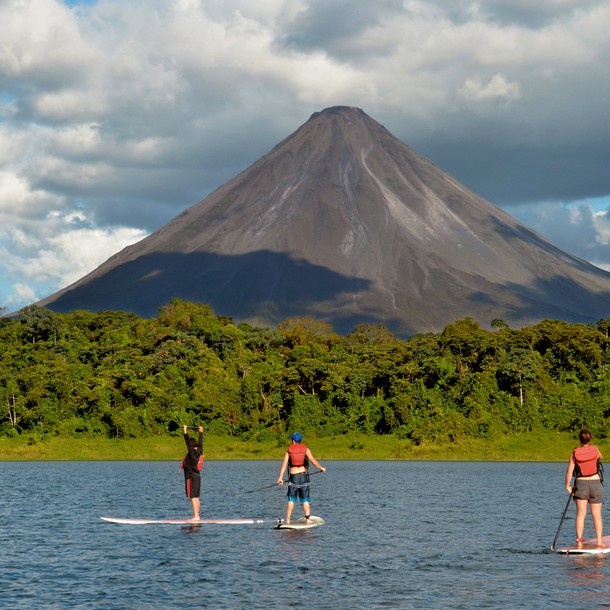
Unlike its neighbors, immersed for years in wars, Costa Rica had no major struggle to achieve independence. During colonial times, the country belonged to the Captaincy of Guatemala. Back then, reaching Costa Rica was a major feat, as sinuous mountains border it. As access was so difficult, communication in the pre-internet and even pre-electricity world was, at best, sporadic, with occasional horseback couriers taking days to traverse the rugged terrain. When news of the independence finally arrived by letter, the chief of the region was underwhelmed, saying he didn't really understand what the good news meant. As before, life in the country continued at a gentle pace, without any perceptible change brought about by the momentous news.
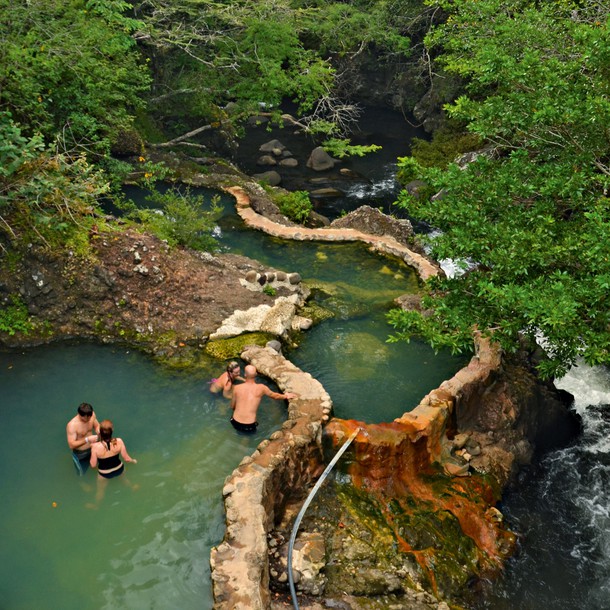
Since then "Ticos," as Costa Ricans are known, have always been peaceful by nature. And perhaps even a little self-absorbed, living amongst exquisite tropical fruits, exuberant foliage and few buildings. The good life and the simple pleasures it brings are exalted here. Costa Rica is only 51,000 km2, with just 4.5 million inhabitants, yet it annually welcomes around 2 million tourists – more that 2 tourists per citizen. But it's not just a mass tourism destination. Quite the opposite in fact, as Costa Rica is famous for its natural scenery, easygoing pace of life and friendly people.
In addition, Costa Rica really stands out from mass tourism countries for having introduced the concept of sustainable tourism. Why is that important? Despite occupying just 0.03% of the globe's land mass, Costa Rica is home to 4% of the world's biodiversity, among the top 20 countries in the world. Perhaps less well-known are the unique economic and social strides taken by the diminutive nation. This started in the 1880s, when coffee was the country's chief economic export. Thanks to the coffee boom, the National Theater, one of the most important architectural and cultural treasures of the capital city of San Jose, was financed.
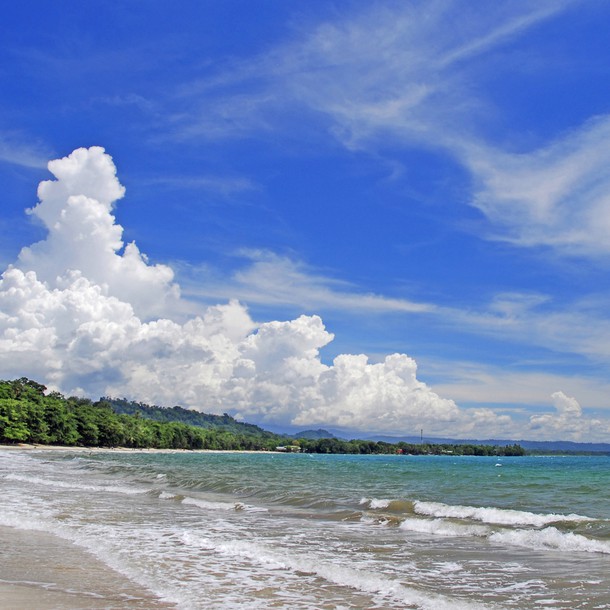
In 1884, when there were only 50,000 inhabitants and numerous coffee fields, a Costa Rican returned from New York to San Jose. Having marveled at the Big Apple's electric street lighting, he dared to imitate it. This resulted in Costa Rica's capital becoming one of the first cities in the world to have electric streetlights, long before most of Europe's capital cities.
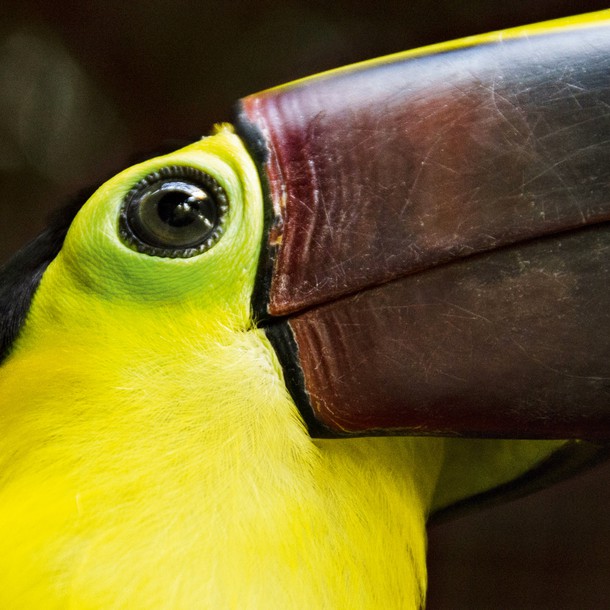
Thanks to another visionary Costa Rican, Mauro Fernández, educational reforms in 1886 instituted free, quality education for all. Since then, the middle class has spread throughout the country, accompanied by a sense of a more egalitarian society. Costa Ricans see nothing special in the son of a shoemaker queuing at the cinema alongside the Republic's President, as your reputation and work say far more about you than bodyguards and branded baubles.
Whereas coffee previously brought wealth, today, thanks to the abundant and diverse nature, tourism is the growth industry. This is backed by huge interest from the scientific community in flora and fauna. As an example, studies show that, in Brazil, there are 6.5 plants, 0.2 bird and 0.05 mammal species per 1000 km2. But in Costa Rica, in the same space, there is a staggering 234.8 plant, 16.9 bird and 4.6 mammal species.
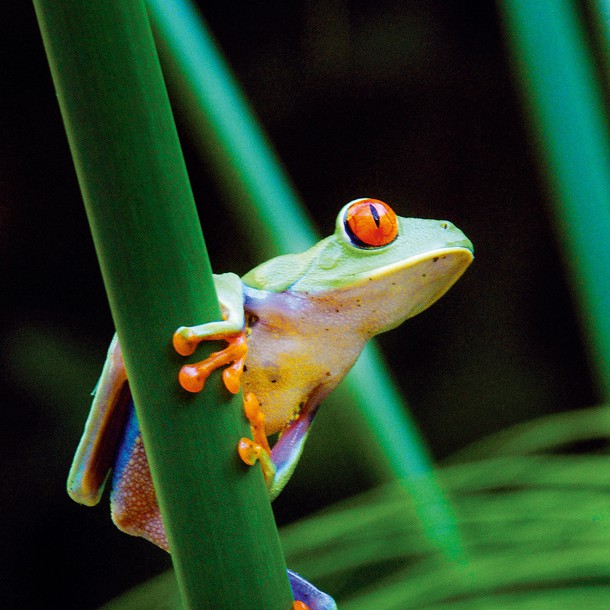
When planning a trip to Costa Rica, it's best to rent a car, as a lack of sidewalks makes being a pedestrian somewhat perilous! The roads are not perfect and signs are poor. This makes the GPS an essential ally. But if you do get lost, don't worry - with a smile and a wish for a "Pura Vida" (the traditional greeting, meaning "pure life"), any passer-by will guide you.
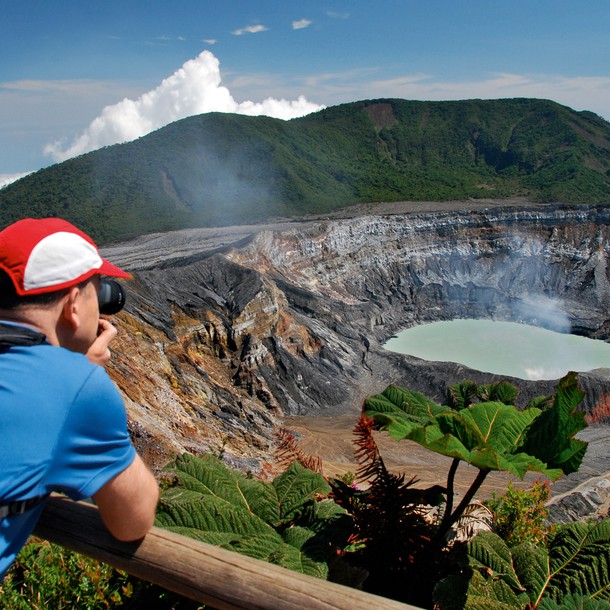
The main gateway to the country is the capital, San Jose. Unlike other big cities, it has few options to party. Here, it's best to take a coffee tour, visit the Poas Volcano, with the world's largest geyser, or the Irazu Volcano, where it feels like you are walking on the moon. Two volcanoes, and two completely contrasting landscapes, are just an hour and a half from each other by car.
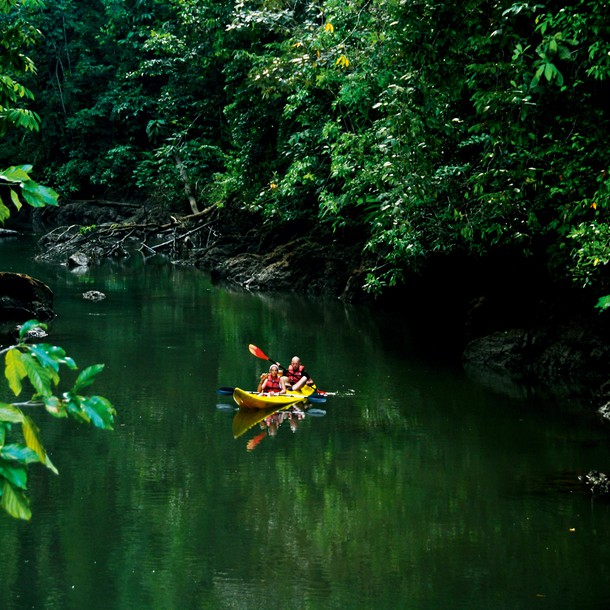
The most beautiful places include Monteverde, famous for its cloud forest, and Manuel Antonio Park, one of the smallest natural parks in the country, but famed for its unspoiled beaches, which are full of birds and the endemic tití monkeys, who opportunistically steal any fruit they spot, should you decide to take a cooling dip in the ocean. Another must-see site is Corcovado, listed by National Geographic as the most biologically intense place on Earth. It is said no other place in the tropics has such a wealth of biodiversity. Despite being one of the most expensive places to visit, it's well worth the money.
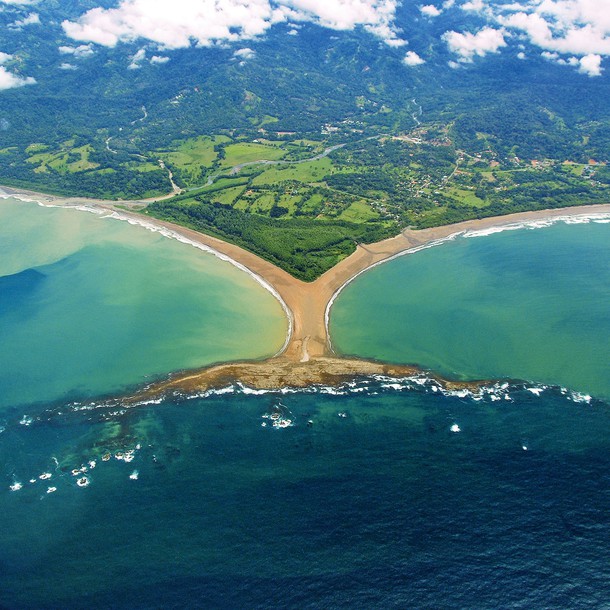
Nearby, you pass through the Marino Ballena Park, where the coast is shaped like a whale's tail, a sight mirrored by whales that visitors can spot along the shore. You can also go whitewater rafting on the Pacuare, the Reventazón, the Sarapiquí and the Savegre rivers. Or travel to two heavenly places, abundant with hot spring waters: the Arenal or Rincon de la Vieja volcanoes. 53% of the species forming the national bird populace live in the Arenal Volcano National Park, making it a paradise for birdwatchers.
And of course there is Tortuguero natural park, famous for turtle nesting grounds, and reachable only by boat and plane. Despite that fact, it's still the third-most visited park in Costa Rica. And if you love butterflies, remember that Costa Rica is home to more species of butterfly than the whole of North America. But it's best to go and see for yourself. After all, seeing is believing!
